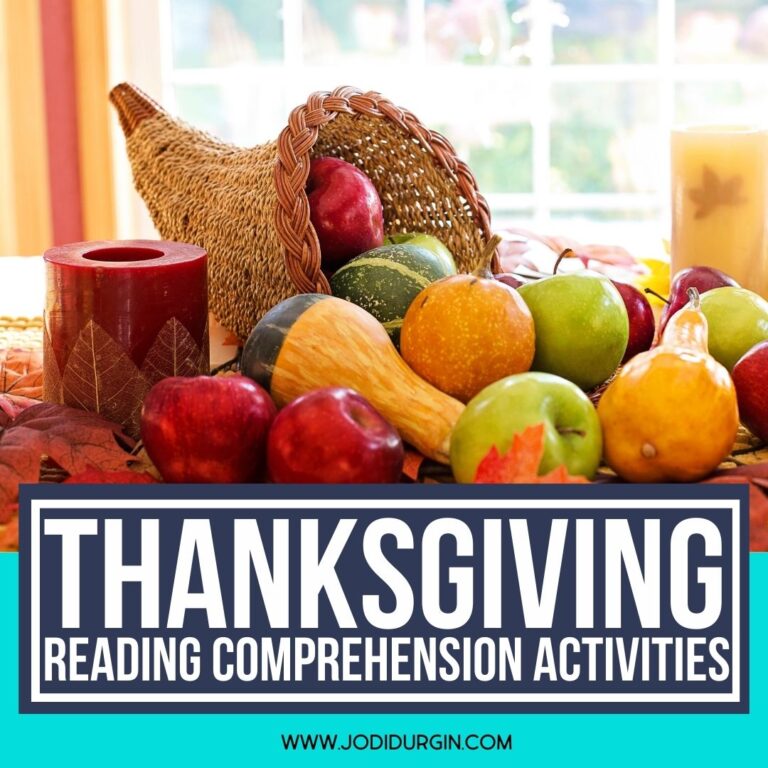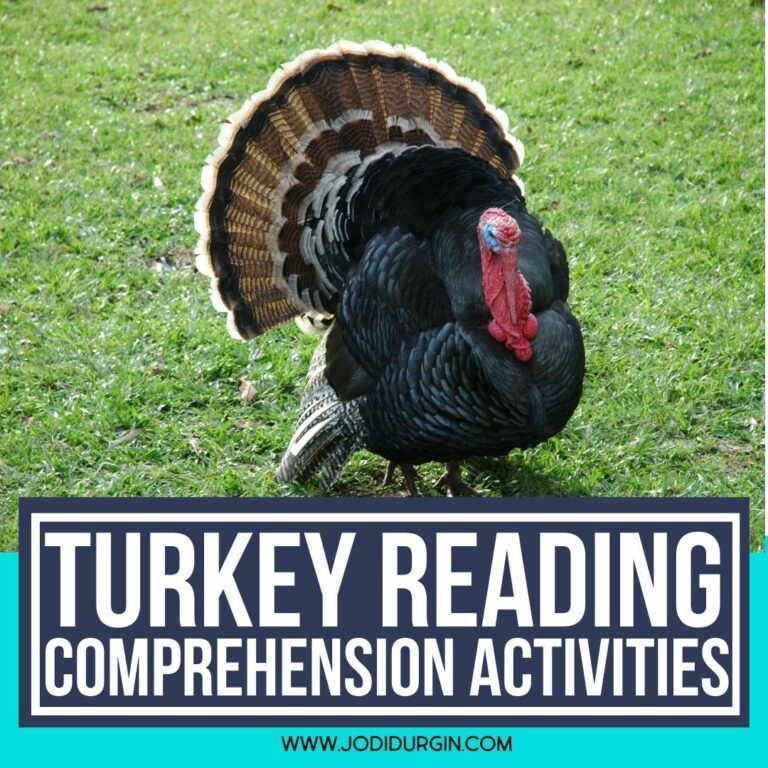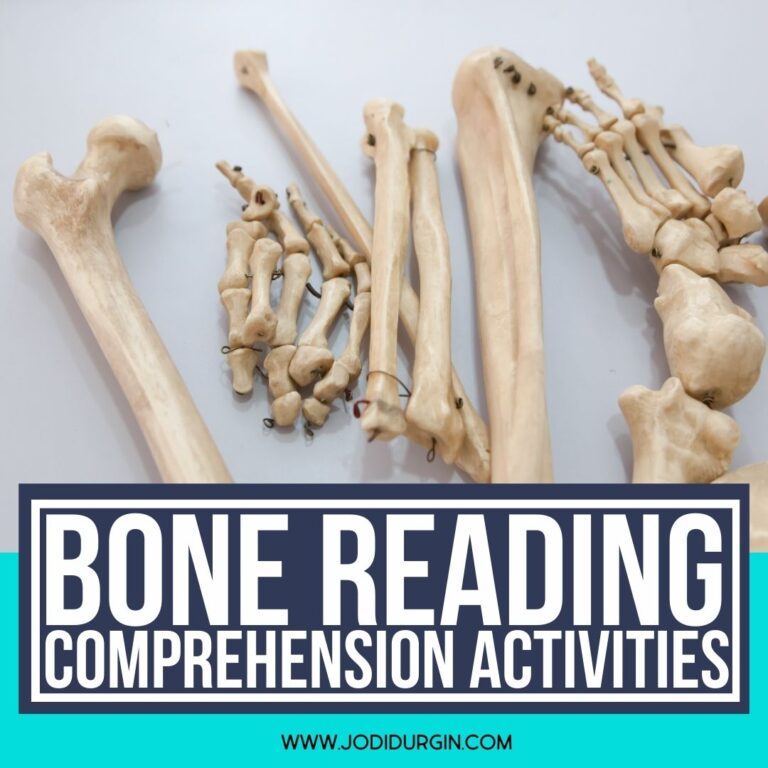The major shift with the Science of Reading is in the domain of phonics. Based on word analysis, we know over 90% of one syllable words fall under the syllable types. These syllables are broken into 6 categories and can be coded to help patterning and automaticity. Read below to learn more about the Syllable Types within the Science of Reading.
What is a Syllable?
A syllable is a part of a word that has one vowel sound. Some words have one syllable, while others have more than one, called multisyllabic words. For example, the word “dog” is one syllable, while the word “helicopter” is 4. Students typically are taught to clap out these units of syllables, or identify them by putting their hand under their chins. Each time their chin drops, that represents a syllable.
How Many Syllable Types are There?
There are 6 main syllable types, although some programs refer to 7. Some break apart the vowel team syllable type to be vowel teams and diphthongs, while other programs group them together.
What are the Syllable Types?
The main syllable types are closed syllables, open syllables, vowel-consonant-e syllables, vowel team syllables, r-controlled syllables, and consonant-le syllables.
Why are Syllable Types Important?
Syllable types are important because they give clear guidelines for students as they learn to decode. Within the confines of syllables, students can take more risks and feel more confident when they apply their word attack skills!
What are Closed Syllables?
Closed syllables are parts that end with a consonant. In closed syllables, the vowel says its sound, rather than its name. Examples include “at”, “dog”, and “shin”. Later on in this group, students become exposed to digraphs and blends. Digraphs are when two letters come together but make only one sound (ie. /th/, /ch/, and /sh/). Blends are when two consonants are together, but we hear both of these sounds (ie. grab).
What are Open Syllables?
Open syllables allow the vowels to end units and say their name! Picture the vowel on stage, blasting out its name because it is proud to be at the end of the concert. For more advanced lessons, students will also learn about the sounds of /y/.
What are Vowel-Consonant-e Syllables?
Vowel-consonant-e syllables go by many names. You may have heard of “Magic E”, “Bossy E”, or “King Ed”, but all involve the same thought process. When an /e/ is added to a closed syllable, the vowel sound changes to say its name. For example, students can change “cap” to “cape” and “Tim” to “time”.
What are R-Control Syllables?
These r-controlled syllables can be quite tricky! Students learn that these syllable types have at least one vowel followed by an r. Students will learn about /ar/ and /or/ in isolation, but then /er/, /ur/, and /ir/ is where it can get quite tricky, as they make the same sound. Exposure and multi-sensory support help students to apply the different letter combinations when spelling.
What are Vowel Team Syllables?
Vowel team syllables usually have two vowels next to each other that make one sound. This includes combinations such as /ea/, /ie/, and /oe/. Typically, the vowel sounds say a long vowel name. What is interesting is that when a vowel team is reversed, we can usually break apart into different syllables. For example, look at “lion”. Although /oi/ is a vowel team, we break apart lion to be li/on.
What are Consonant-le Syllables?
Consonant-le syllables are exactly as they sound like! With this syllable type, we find a consonant, followed by the -le. Although there is no specific vowel sound, the only sound heard is the /l/. These syllable types typically end multisyllabic words. For example, you may hear /cle/ in “bicycle”.
Which Syllable Type is Generally Taught First?
Closed and open syllables are generally taught first. As these are the most common syllable types of the English language, student mastery of these two are essential.
10 Ideas for Teaching Syllable Types
Below are 10 ideas for teaching syllable types.
1. Practice in Isolation
When introducing syllable types, name the syllable type focus and provide a child-friendly definition. Be sure to label to /v/ for vowel and /c/ for consonant.
2. Code the Patterns
Whether you are following Fundations, Wilson, or another program, we know it is imperative to mark up our words! By marking the words, we are supporting our mapping.
Mapping helps develop automaticity! An example would be to cross of the /e/ at the end of /vce/ words, or underlining digraphs.
3. Use Silicone Poppers!
Students can count sounds and syllables by popping the poppers! Want to focus on just /cvc/? Students can pop the three sounds in the word, like cup. If you are just beginning syllables, students can pop for each syllable, such as four pops in hel/i/cop/ter.
4. Segment Using Cubes
Using cubes is a great way to visualize phonemes or syllables. Students can manipulate syllables to really strengthen their phonemic awareness skills! For example, have a cube represent each syllable in the word basketball. Then, have students take away the final cube. What is the new word? Basket!
5. Sort Syllable Types
To practice differentiating these syllable types, sort them! Have two baskets- one for closed syllables and one for open. Give students a piece of paper with a word written on it (ie. hat) and have them shoot it in the correct basket!
6. Play Memory
Memory is a fun way to practice skills! Have students find word matches within a specific syllable type. Make two copies of each word, then lay them face down, and take turns trying to find the pairs!
7. Syllable Go Fish
Make two sets of words within a syllable type. Then, hand 5 cards to each player. Take turns asking one another if they have a match, and if not, they say Go Fish!
8. Sort Number of Syllables Within Words
Lay out numbers 1, 2, and 3. Say a word to a student that has either 1, 2, or 3 syllables and have them hit the correct number!
9. Jump It Out
Say a word and have students jump to represent each syllable they hear.
10. Scavenger Hunt
Write words within a specific syllable type on 12 cards and hide them around the room. Students have to find, read, and write each word on a piece of paper!
3 Anchor Charts to Support the Syllable Types
Below are 3 anchor charts to support the syllable types.
1. Hang the Focus
It is always helpful for students to know what their specific focus is. Put up a syllable type poster in the classroom to help guide students!
2. Show the Code
Since many programs have students code syllables, be sure to have an example that students can access in the classroom. No room? You can always add a QR code to a bulletin board!
3. Letter-Syllable-Word-Sentence Poster
There are so many pieces to literacy! Having a ladder or some sort of visual to show the differences between letters, syllables, words, and sentences can help students and support their overall language development.
In closing, we hope this information about syllable types was helpful! If it was, then you may also be interested in these posts:




